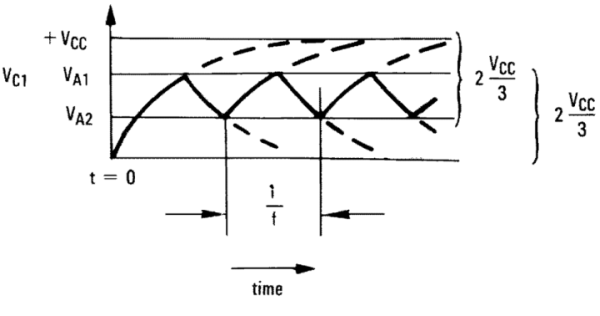SLVSE13J September 2017 – November 2024 TLV7031 , TLV7032 , TLV7034 , TLV7041 , TLV7042 , TLV7044
PRODUCTION DATA
- 1
- 1 Features
- 2 Applications
- 3 Description
- 4 Pin Configuration and Functions
-
5 Specifications
- 5.1 Absolute Maximum Ratings
- 5.2 ESD Ratings
- 5.3 Recommended Operating Conditions
- 5.4 Thermal Information (Single)
- 5.5 Thermal Information (Dual)
- 5.6 Thermal Information (Quad)
- 5.7 Electrical Characteristics (Single)
- 5.8 Switching Characteristics (Single)
- 5.9 Electrical Characteristics (Dual)
- 5.10 Switching Characteristics (Dual)
- 5.11 Electrical Characteristics (Quad)
- 5.12 Switching Characteristics (Quad)
- 5.13 Timing Diagrams
- 5.14 Typical Characteristics
- 6 Detailed Description
- 7 Application and Implementation
- 8 Device and Documentation Support
- 9 Revision History
- 10Mechanical, Packaging, and Orderable Information
Package Options
Mechanical Data (Package|Pins)
Thermal pad, mechanical data (Package|Pins)
- RTE|16
Orderable Information
7.2.3.2 Detailed Design Procedure
The oscillation frequency is determined by the resistor and capacitor values. The following section provides details to calculate these component values.
 Figure 7-8 Square-Wave Oscillator Timing Thresholds
Figure 7-8 Square-Wave Oscillator Timing ThresholdsFirst consider the output of figure Figure 7-7 is high, which indicates the inverted input VC is lower than the noninverting input (VA). This causes the C1 to be charged through R4, and the voltage VC increases until equal to the noninverting input. The value of VA at the point is calculated by Equation 7.

If R1 = R2= R3, then VA1 = 2VCC/ 3
At this time the comparator output trips pulling down the output to the negative rail. The value of VA at this point is calculated by Equation 8.

If R1 = R2 = R3, then VA2 = VCC/3
The C1 now discharges though the R4, and the voltage VCC decreases until reaching VA2. At this point, the output switches back to the starting state. The oscillation period equals the time duration from 2VCC / 3 to VCC / 3 then back to 2VCC / 3, which is given by R4C1 × ln2 for each trip. Therefore, the total time duration is calculated as 2R4C1 × ln2. The oscillation frequency can be obtained by Equation 9:
